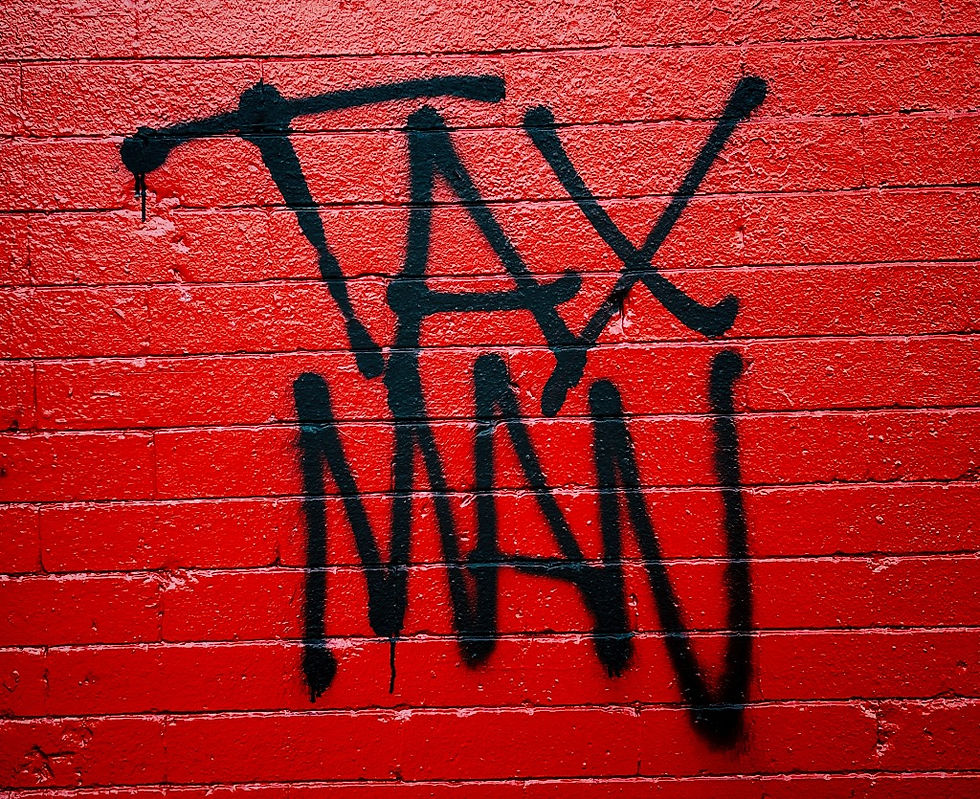Tax Season! Understanding Tax Brackets and Long-Term Capital gains
- Eric Olsen

- Feb 20, 2021
- 2 min read
When it comes to federal income taxes there are two crucially important numbers to understand: your Marginal Tax Rate and your Effective Tax Rate. But, before we get to that, let’s call one thing out. We all want to know what tax bracket we fit into, but the truth is we don’t really “fit” into just one. The reality is if you’re in the 25% bracket, you’re in the 15% and 10% brackets as well. This is because only the income within a given range is taxed at that rate, and not all of your income. Let’s look at the 2021 Single Filers Federal Earned Income tax brackets for reference:

Now, let’s assume that someone filing as a Single Filer made $50,000 of taxable income after all deductions in 2021, which would put them in the 22% tax bracket. 22% would be their Marginal Tax Rate because it’s the tax rate they would pay on their next dollar if they earned $50,001. However, their effective tax rate would be much lower because the first $9,950 of income would be taxed at 10%, the earnings between $9,951 - $40,525 would be taxed at 12% and the earnings between $40,526 - $50,000 would be taxed at 22%. All of this means their total tax due would be the sum of those three figures, or $6,749 which is only 13.50% of their taxable income. This 13.50% is what is known as your Effective Tax Rate. This is a true reflection of what you actually paid in federal income tax. Because in a progressive tax system the first dollars you are taxed on are always taxed at a lower rate, your Effective Tax Rate will always be lower than your Marginal Tax Rate. However, the two will get closer the higher up the tax brackets you climb (which isn’t a bad thing). Why is this is important to note? Well, I’ve actually heard of people say they were afraid to make more money, thinking it would push them up into a higher bracket and their entire income would be taxed at that higher rate. Not true! Never be afraid to earn more!
While we’re focused on this, I’m reminded of an important topic and one of the reasons we love investing. Public equity (stock) investments held over one year and sold for a gain generally qualify for a Long-Term Capital Gains (LTCG) rate. For 2021, the Federal LTCG brackets for Single Filers are:

Meaning, if a single filer earns $35K of ordinary income and then earns an additional $1,000 of income they will pay $120 in tax (according to the Earned Income brackets above), but if they instead realize $1,000 in LTCG on their equity investments, they won’t pay any additional federal income tax! In fact, they could realize up to $5,400 of LTCGs before paying any additional Federal income tax. This is a great planning opportunity for those who are Married Filing Jointly (often those with only one income in the household) as their 0% LTCG rate goes all the way up to $80,800. All this being said, there are a lot bigger problems in the world than being in the highest tax bracket. Keep investing!



Comments